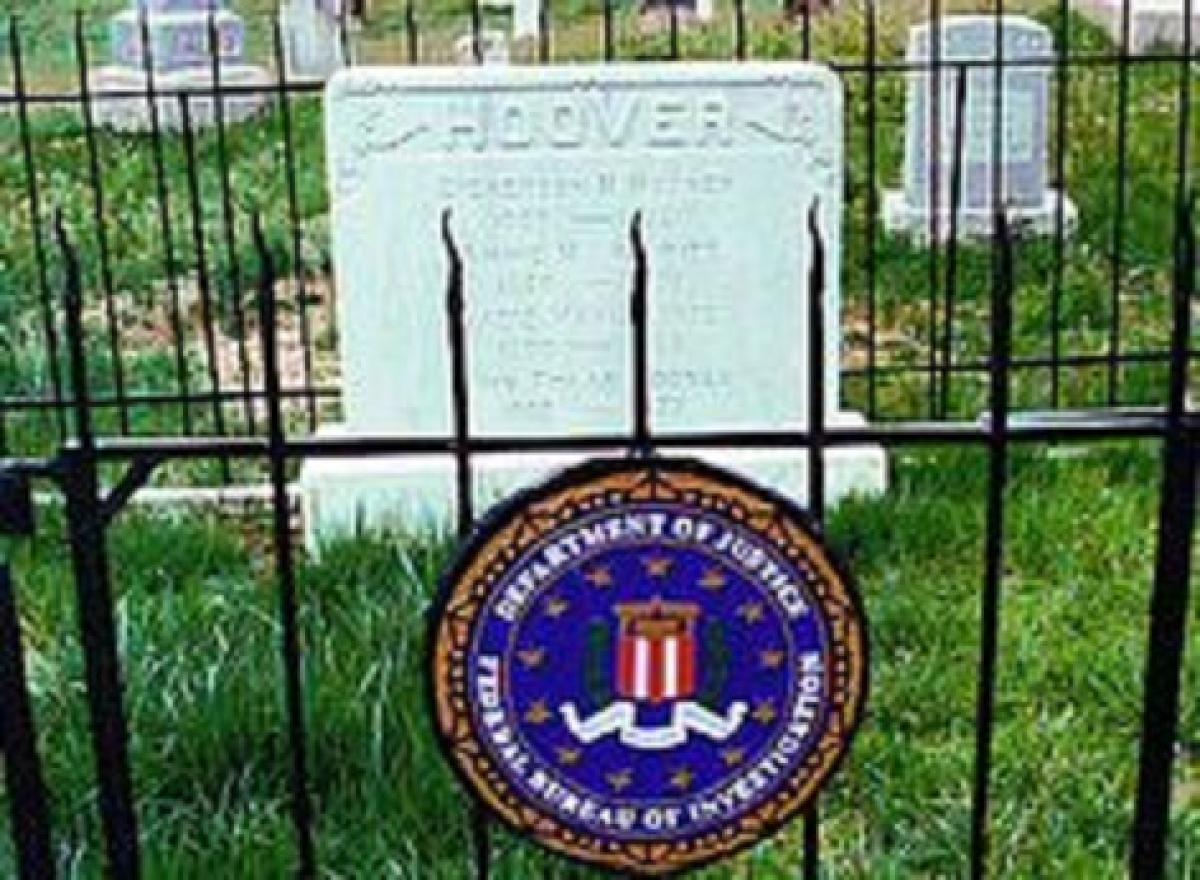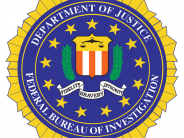- Our Community
- Community Overview City History Community Demographics Chamber of Commerce Events and Activities City Calendar City Parks On-Line Store Cemeteries Local Weather Photo Gallery
- Library School District Public Safety Emergency Management Police Fire ADA Compliance Americans with Disabilities Wall of Honor Wall of Honor
- Grove Regional Airport Grand Lake Association INTEGRIS Grove Hospital Har-Ber Village Lendonwood Garden Playmakers Theatre Cayuga Mission
- Doing Business
- Welcome Visitors
- Grand Lake Association Grove Area Chamber of Commerce Grove Regional Airport Playmakers Theatre
- Cayuga Mission Har-Ber Village Lendonwood Garden Grand River Dam Authority (GRDA)
- On-line Store Photo Gallery Events Where to Eat Where to Stay Where to Park in Downtown Grove Wolf Creek Park & Boating Facility
- Inside City Hall
- Contact City Hall Staff Directory Submit a Complaint or Comment City Code Comprehensive Plan Jobs - Equal Opportunity Employer Non-Discrimination Download Employment Application Submit Employment Application
- Agendas and Minutes City Council Boards and Committees Convention and Tourism Bureau Economic Development Authority Municipal Airport Authority Municipal Service Authority Planning and Zoning Board Zoning Board of Adjustments ADA Compliance Americans with Disabilities
- Departments Administration Airport Buildings and Grounds Community Development Economic Development Finance Fire Emergency Management Municipal Court Police Public Works Utility Services
- Helpful Resources
- Alerts and Notifications Email Subscriptions Events and Meetings Agendas and Minutes City Calendar In the News City News
- Contact the City Staff Directory Submit a Request or Concern Code Red Code Red Login Documents and Forms Documents and Reports Forms, Permits and Applications Maps
- Social Media City of Grove on Facebook Wolf Creek Park on Facebook Grove Animal Control on Facebook Frequently Asked Questions Frequently Used Numbers Helpful Links
Federal Bureau of Investigation (FBI)

FEDERAL BUREAU OF INVESTIGATION (FBI) - On July 26, 1908, the Federal Bureau of Investigation (FBI) is born when U.S. Attorney General Charles Bonaparte orders a group of newly hired federal investigators to report to Chief Examiner Stanley W. Finch of the Department of Justice.
By 1908, the time was right for a new kind of agency to protect America. The United States was, well, united, with its borders stretching from coast to coast and only two landlocked states left to officially join the union. Inventions like the telephone, the telegraph, and the railroad had seemed to shrink its vast distances even as the country had spread west. After years of industrializing, America was wealthier than ever, too, and a new world power on the block, thanks to its naval victory over Spain.
But there were dark clouds on the horizon. The country’s cities had grown enormously by 1908—there were more than 100 with populations over 50,000—and understandably, crime had grown right along with them. In these big cities, with their many overcrowded tenements filled with the poor and disillusioned and with all the ethnic tensions of an increasingly immigrant nation stirred in for good measure, tempers often flared. Clashes between striking workers and their factory bosses were turning increasingly violent.
And though no one knew it at the time, America’s cities and towns were also fast becoming breeding grounds for a future generation of professional lawbreakers. In Brooklyn, a nine-year-old Al Capone would soon start his life of crime. In Indianapolis, a five-year-old John Dillinger was growing up on his family farm. And in Chicago, a young child christened Lester Joseph Gillis—later to morph into the vicious killer “Baby Face” Nelson—would greet the world by year’s end.
But violence was just the tip of the criminal iceberg. Corruption was rampant nationwide—especially in local politics, with crooked political machines like Tammany Hall in full flower. Big business had its share of sleaze, too, from the shoddy, even criminal, conditions in meat packaging plants and factories (as muckrakers like Upton Sinclair had so artfully exposed) to the illegal monopolies threatening to control entire industries.
Just around the corner, too, was the world’s first major global war—compelling America to protect its homeland from both domestic subversion and international espionage and sabotage. America’s approach to national security, once the province of cannons and warships, would never be the same again.
Despite it all, in the year 1908 there was hardly any systematic way of enforcing the law across this now broad landscape of America. Local communities and even some states had their own police forces, but at that time they were typically poorly trained, politically appointed, and underpaid. And nationally, there were few federal criminal laws and likewise only a few thinly staffed federal agencies like the Secret Service in place to tackle national crime and security issues.
One of these issues was anarchism—an often violent offshoot of Marxism, with its revolutionary call to overthrow capitalism and bring power to the common man. Anarchists took it a step further—they wanted to do away with government entirely. The prevailing anarchistic creed that government was oppressive and repressive, that it should be overthrown by random attacks on the ruling class (including everyone from police to priests to politicians), was preached by often articulate spokesmen and women around the world. There were plenty who latched onto the message, and by the end of the nineteenth century, several world leaders were among those who had been assassinated.
The anarchists, in a sense, were the first modern-day terrorists—banding together in small, isolated groups around the world; motivated by ideology; bent on bringing down the governments they hated. But they would, ironically, hasten into being the first force of federal agents that would later become the FBI.
It happened at the hands of a 28-year-old Ohioan named Leon Czolgosz, who after losing his factory job and turning to the writings of anarchists like Emma Goldman and Alexander Berkman, took a train to Buffalo, bought a revolver, and put a bullet in the stomach of a visiting President McKinley. Eight days later, on September 14, 1901, McKinley was dead, and his vice president Teddy Roosevelt took the oval office.
This new President was a staunch advocate of the rising “Progressive Movement.” Many progressives, including Roosevelt, believed that the federal government’s guiding hand was necessary to foster justice in an industrial society. Roosevelt, who had no tolerance for corruption and little trust of those he called the “malefactors of great wealth,” had already cracked the whip of reform for six years as a Civil Service Commissioner in Washington (where, as he said, “we stirred things up well”) and for two years as head of the New York Police Department. He was a believer in the law and in the enforcement of that law, and it was under his reform-driven leadership that the FBI would get its start.
The chain of events was set in motion in 1906, when Roosevelt appointed a like minded reformer named Charles Bonaparte as his second Attorney General. The grandnephew of the infamous French emperor, Bonaparte was a noted civic reformer. He met Roosevelt in 1892 when they both spoke at a reform meeting in Baltimore. Roosevelt, then with the Commission, talked with pride about his insistence that Border Patrol applicants pass marksmanship tests, with the most accurate getting the jobs. Following him on the program, Bonaparte countered, tongue in cheek, that target shooting was not the way to get the best men. “ Roosevelt should have had the men shoot at each other, and given the jobs to the survivors.” Roosevelt soon grew to trust this short, stocky, balding man from Baltimore and appointed Bonaparte to a series of posts during his presidency.
Click any thumbnail image to view a slideshow

